Event Gallery
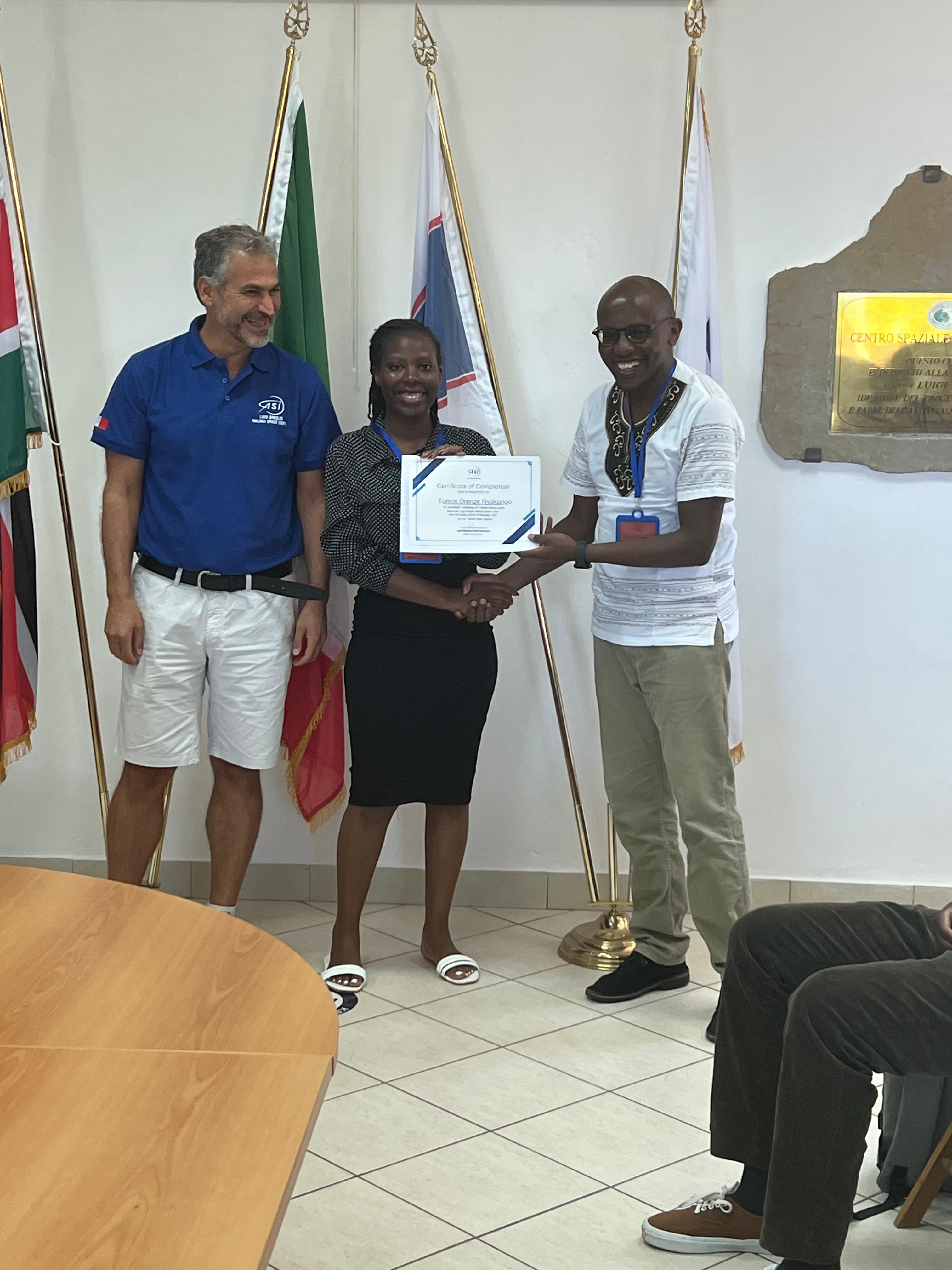
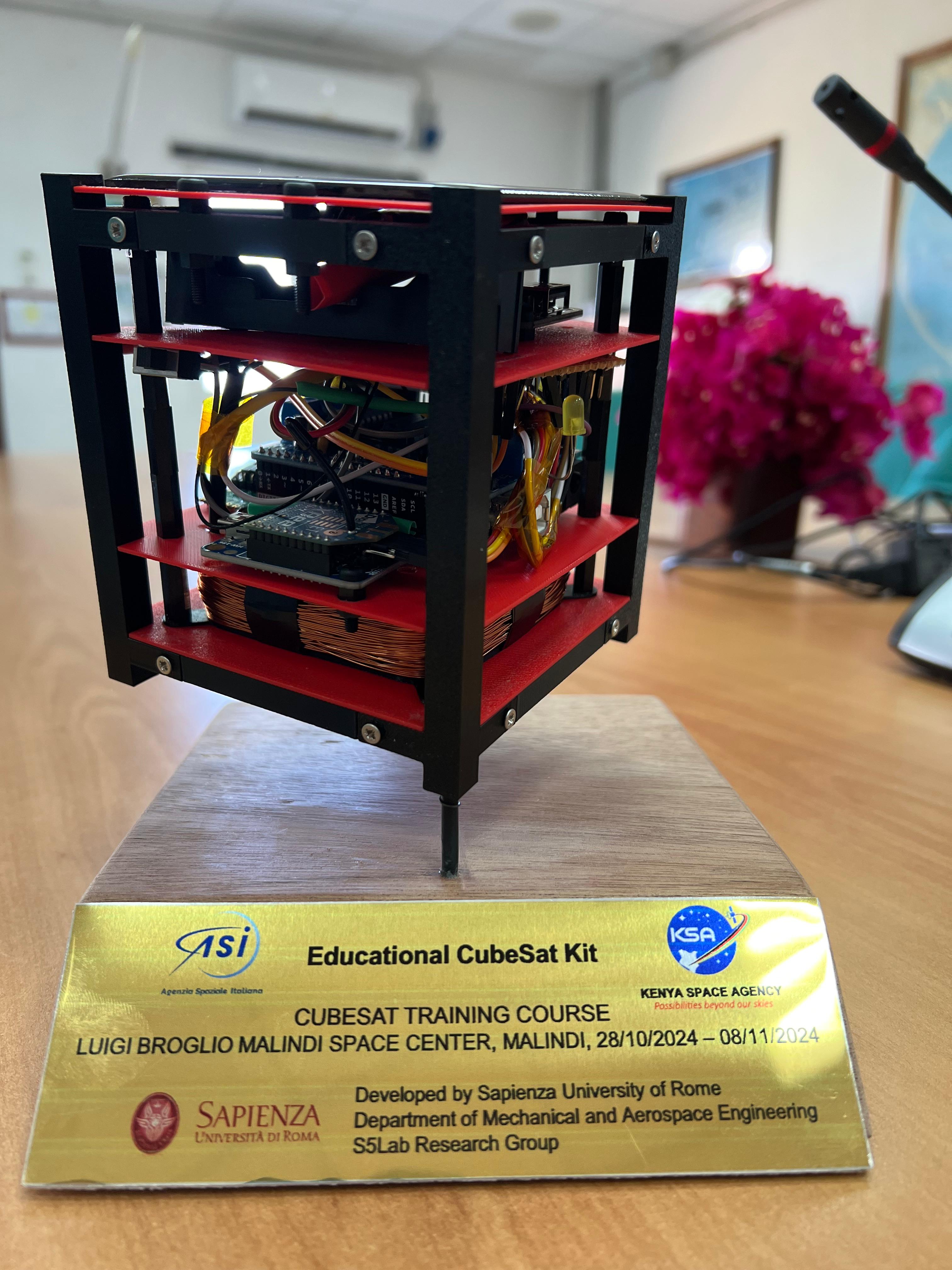
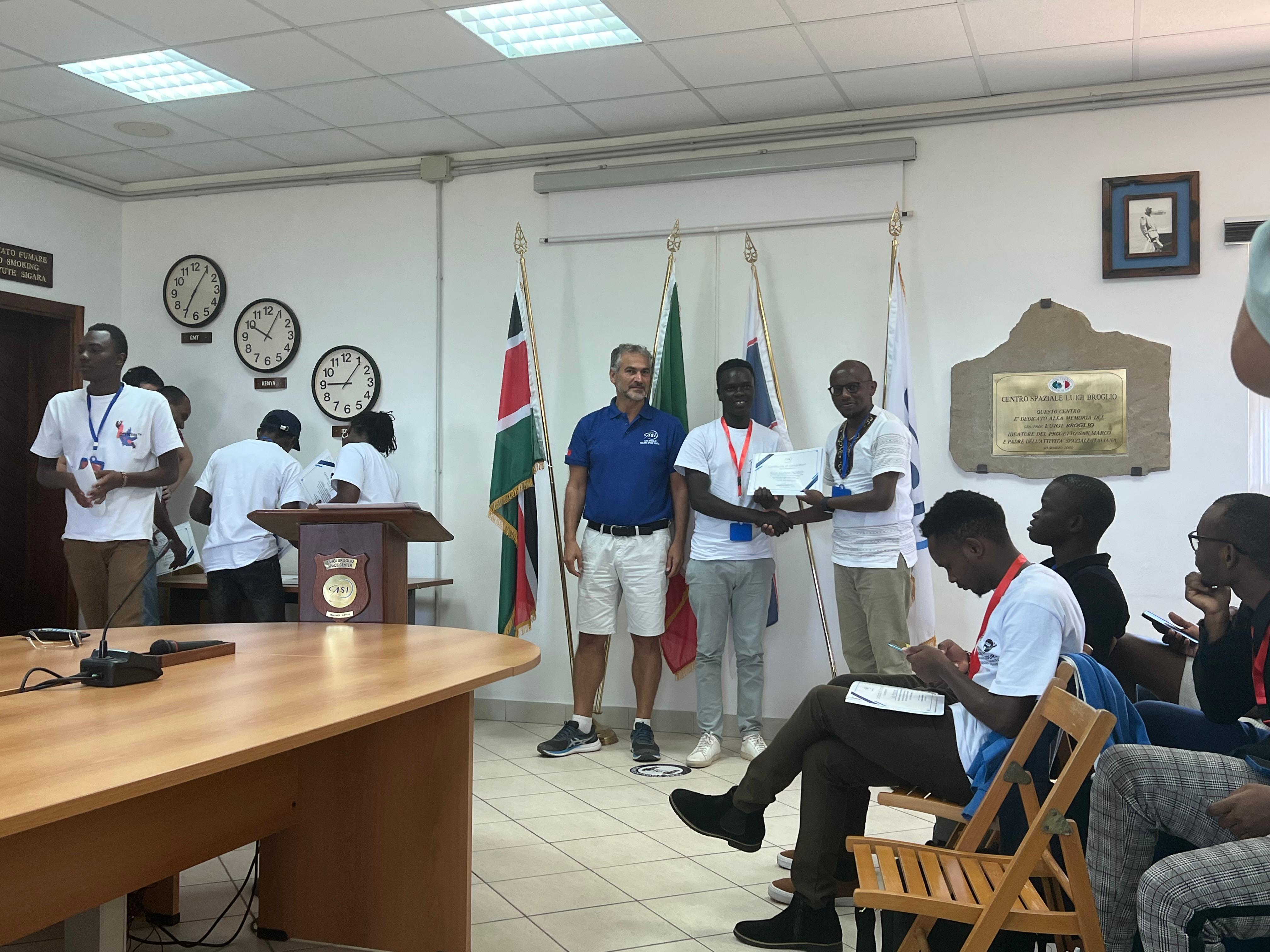
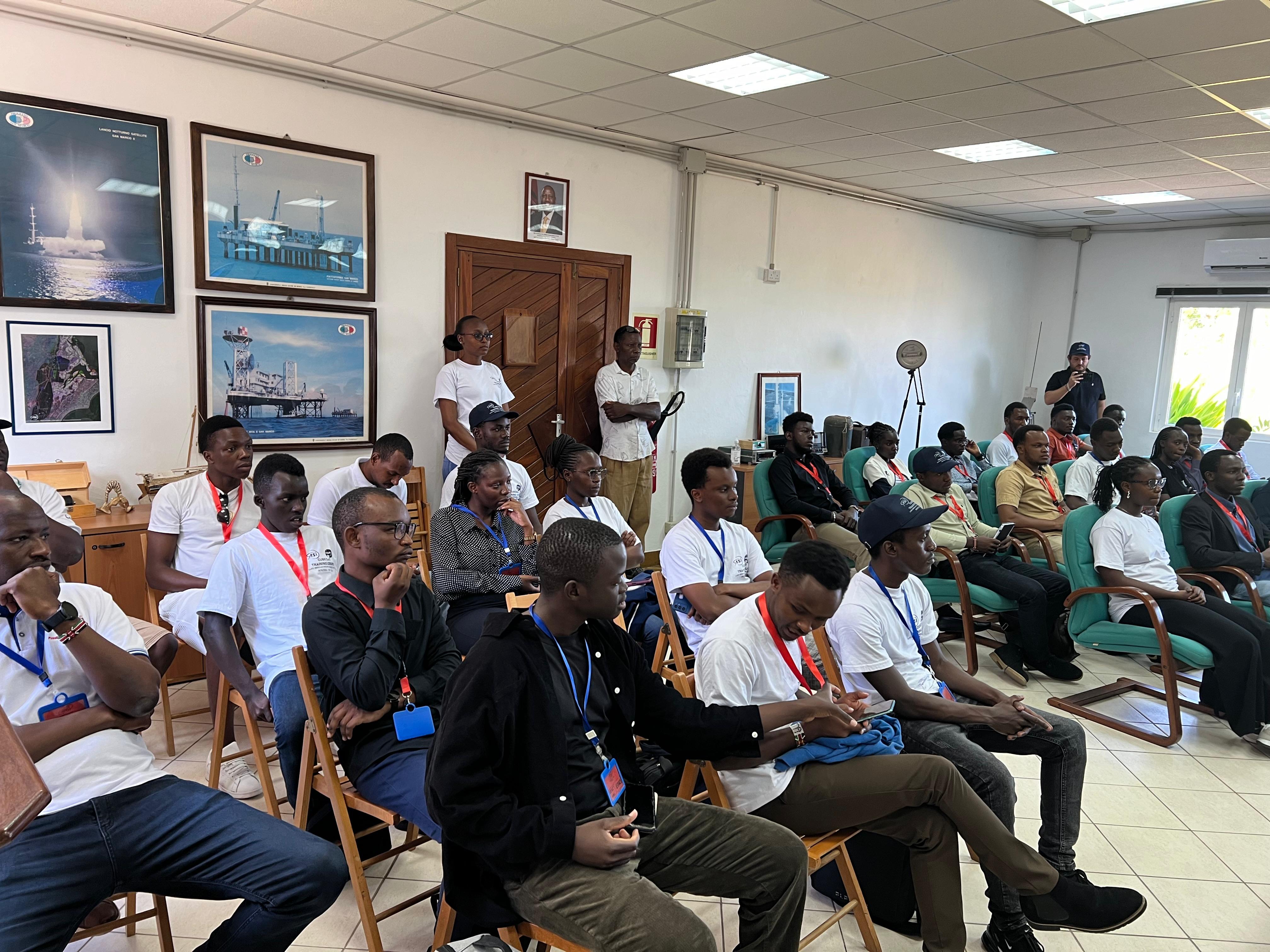
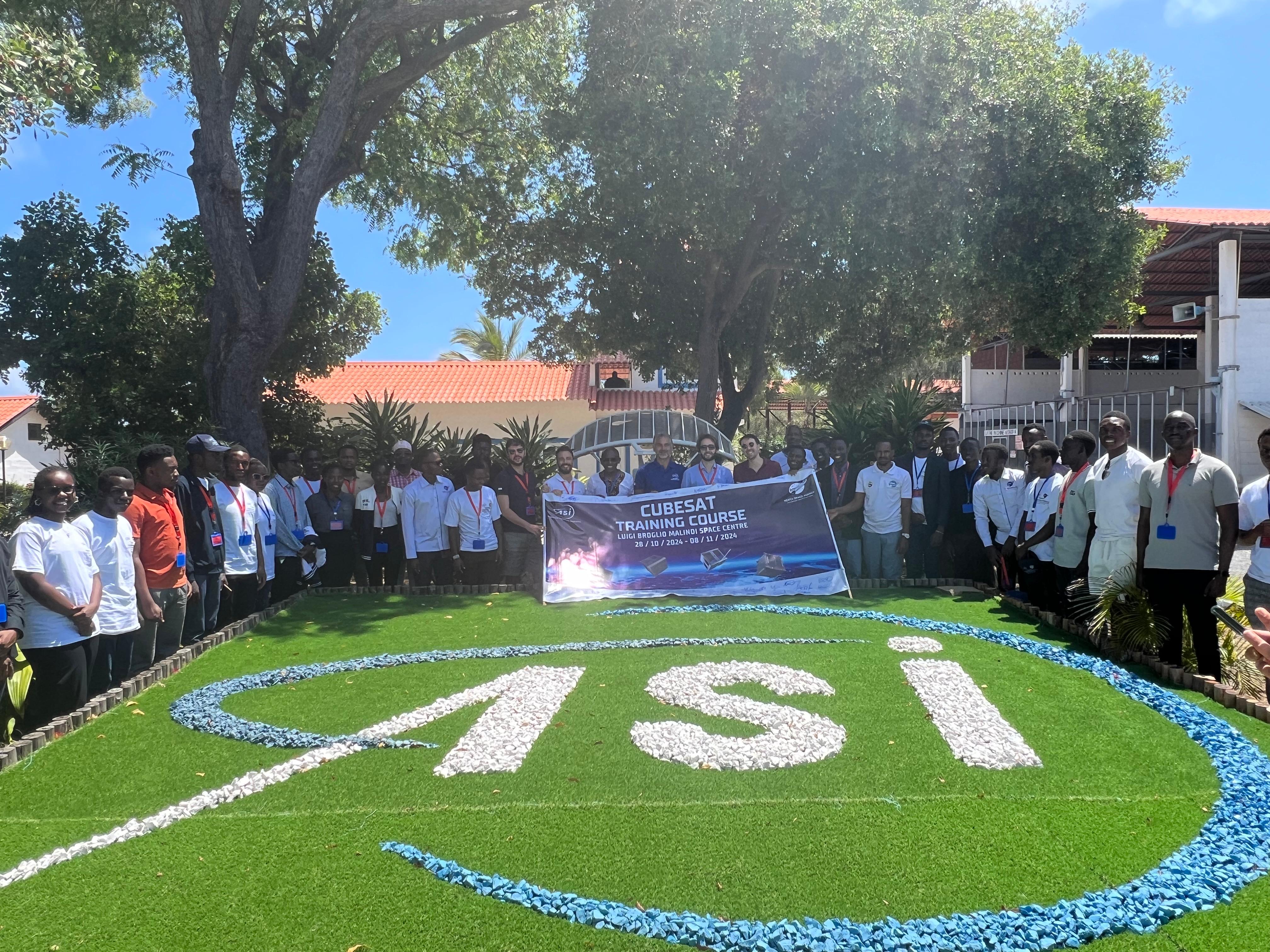
News, Events & Updates
Investment in space-based technology presents Kenya an opportunity to spur innovation, address critical challenges, create job opportunities, improve quality of life, and position itself as a leader in the region on space-related matters. The application of satellite-based data and services is becoming ubiquitous, especially in developing countries like Kenya. Their applications cut across diverse sectors of the economy enabled through communication, navigation, and earth observation applications based or leveraging on space-based systems.
Satellite technology is revolutionizing communication, navigation, and earth observation application domains. Satellite-based communication systems, like Starlink, are expanding connectivity to remote and underserved regions, overcoming the limitations of traditional terrestrial infrastructure. Additionally, satellite navigation systems, such as GPS, are becoming increasingly integral to daily life, powering applications like Google Maps and enabling precise geolocation services. Space-based data is also gaining widespread application across various sectors, from agriculture to disaster management. Satellites contribute to sustainable development and societal progress by providing valuable insights and enabling data-driven decision-making.
While Kenya’s participation in space-related activities can be traced to the 1960s thanks to the San Marco Centre (currently Luigi Broglio Malindi Space Centre), where satellite launches happened between 1967 and 1988. Not much progress was realized since then until the launch of the 1st Kenyan University Nano-Satellite Precursor Flight (1KUNS-PF) in May 2018 and the Taifa-1 Satellite in April 2023. This could be partly attributed to the high investment previously needed to venture into space and the lack of specialized personnel in space-related disciplines.
With the advent of the miniaturization of electronics and the increasing involvement of the private sector in the space industry, the costs of accessing space have drastically reduced allowing developing countries to explore the vast opportunities the space offers. To address the gap in specialized skills, the Kenya Space Agency (KSA) is making a deliberate effort to organize and conduct specialized space-related training programs in partnership with industry experts and stakeholders to bridge the technological gap and foster the growth of indigenous technical capabilities needed to drive sector, more especially in space-systems development. These foundational trainings are essential to building the requisite skills and knowledge needed to realize Kenya’s space ambitions.
Trainings on practical-based satellite development in Kenya can be traced to the HEPTA-Sat (Hands-on Education Program for Technical Advancement) training for Kenya organized by KSA. The hands-on training on small satellite design and engineering was conducted by the developer of the course Prof Yamazaki from Nihon University in Japan over 5 days on 4th – 8th November 2019 in Nairobi. This was closely followed by the design and development of the 1KUNS-PF (with support from Sapienza University of Rome) and Taifa-1 (in collaboration with Sayari-Labs), which also targeted developing Kenya’s indigenous technical competence.
KSA has continued these efforts geared towards the development of foundational skillsets, especially targeting University students, who are the future of the space industry. In 2020, KSA introduced the Research Grant program with one of the tracks focusing on “Nanosatellite Development”. This track saw five Kenyan Universities awarded a grant of Ksh 1M each to develop a 1U Nanosat model. Subsequently, this has evolved into the second phase, where the top universities from phase 1 formed a consortium, to develop a 3U bench model nanosatellite called Tafiti-sat (currently under development).
To build more impetus, KSA organized a two-phased training on nanosatellite development this year: Understanding Space course and Cubesat training. The two-phased training was preceded by the Space Tech Mission Idea Contest (ST-MIC) which was used to select the teams to be involved in the first Phase of the online “Understanding Space” course, which was offered with support from Teaching Science and Technology Inc (TSTI) from the US. The Understanding Space Course was conducted between 22 July 22 to 16 August 2024 benefiting over 80 students from various universities countrywide. The online training provided the participants with basic understanding of theoretical knowledge on Nanosatellite Technology.
The second phase was a two-week residential training held from October 28 to November 8, 2024, jointly organized by KSA with the Italian Space Agency (ASI) and Sapienza University of Rome at the Luigi Broglio Malindi Space Centre in Ngomeni, Kilifi County. Building on the first phase, this training brought together five teams with top mission ideas from the Understanding Space Course, the Tafiti team, and KSA technical staff - totaling over 30 participants. The training focused on hands-on skills in CubeSat design, development, launch, and operations, with guidance from industry experts from the Italian Space Agency and professors from Sapienza University of Rome.
Through these training programs, the Agency aims to bolster Kenya’s technical workforce, empowering them to drive the growth of the domestic satellite industry. Kenya can develop innovative solutions to address pressing local and regional challenges, such as climate change monitoring and resource management by cultivating a skilled workforce. KSA is in discussions with the Italian Space Agency (ASI) on the establishment of a CubeSat Development Centre at the Luigi Broglio Malindi Space Centre in the coming years (watch this space). All these initiatives are targeted at achieving KSA’s vision of becoming a leading hub for nanosatellite development in Africa
<< Back to Homepage




